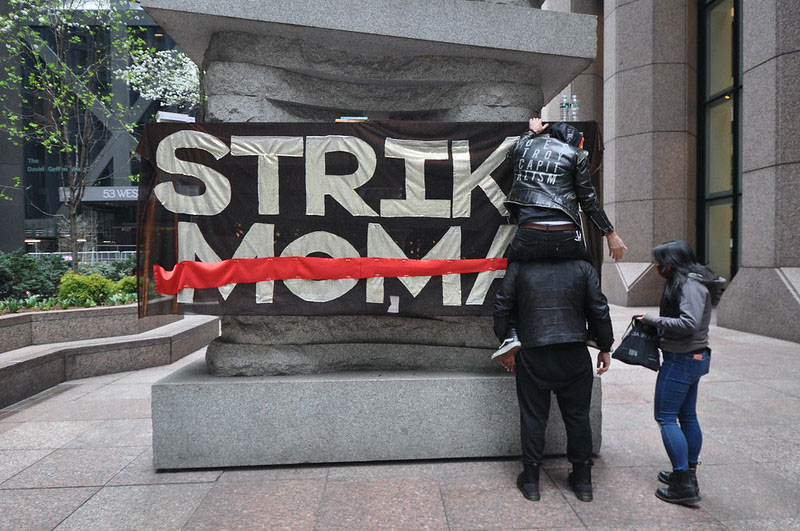August 2, 2015; PBS NewsHour, “The Rundown”
Last spring, a number of the bigger tech companies turned their attention toward the lack of racial and gender diversity in their organizations. Twitter, Apple, and Facebook each released breakdowns of the ethnic and gender balance of their respective workforces and made pledges to support efforts to improve the situation. On Friday, PBS NewsHour Weekend covered a partnership between online juggernaut Google and All Star Code, a New York nonprofit that connects young men of color with mentors while providing intensive training in programming and computer science as well as industry exposure.
Christina Lewis Halpern founded All Star Code in 2014 as something of a response to organizations like Girls Who Code, noting that there were several groups dedicated to getting young women involved in STEM fields but nothing comparable for boys of color. This year, All Star Code received almost 240 applications to fill its forty slots. Most applicants are black or Latino students at New York City public high schools; 70 percent are from low-income families.
The goal is to offer an environment where students from marginalized backgrounds can feel comfortable stretching themselves technically and academically, taking advantage of a mentored opportunity to really learn the craft.
Sign up for our free newsletters
Subscribe to NPQ's newsletters to have our top stories delivered directly to your inbox.
By signing up, you agree to our privacy policy and terms of use, and to receive messages from NPQ and our partners.
Marcus Mitchell, senior engineering director at Google and adviser to All Star Code, says that throughout his career in technology, he has learned and worked in environments with little representation of Hispanics and blacks. For Mitchell, the solution comes from acknowledging the problem openly so that a conversation can be had and creating a different set of pipelines that lead to a different workplace. “To me, the driving interest is in getting more, digging deeper into the talent pool that’s out there. For groups that are underrepresented in technology, I view those groups as places where I can find more talent that’s not being used.”
It’s more than that, though:
“There’s also questions of how you retain folks in the workplace, how you make sure that you have a fair and inclusive workplace, so that people feel comfortable. Some of the kinds of work on looking at high performing teams at Google has shown that one of the number one characteristics of a high performing team is that the team members feel comfortable and safe, and they’re able to trust the people around them. They’re able to feel like they can be themselves.
“And so that’s something that really benefits everybody when you can create an environment like that. So it’s not just a pipeline problem, although increasing the size of the pipeline is an important part of what we need to do.”
Mitchell believes it is important to engage the current workforce in helping to change the face of the workforce in tech. “There are many people at Google—of all races, gender, background—who are really interested in contributing their time and working with the different groups. So that’s probably one of the most powerful things that Google and other companies can do—be encouraging of your employee base to follow their own instincts and passions in helping in these areas.”—Jason Schneiderman












